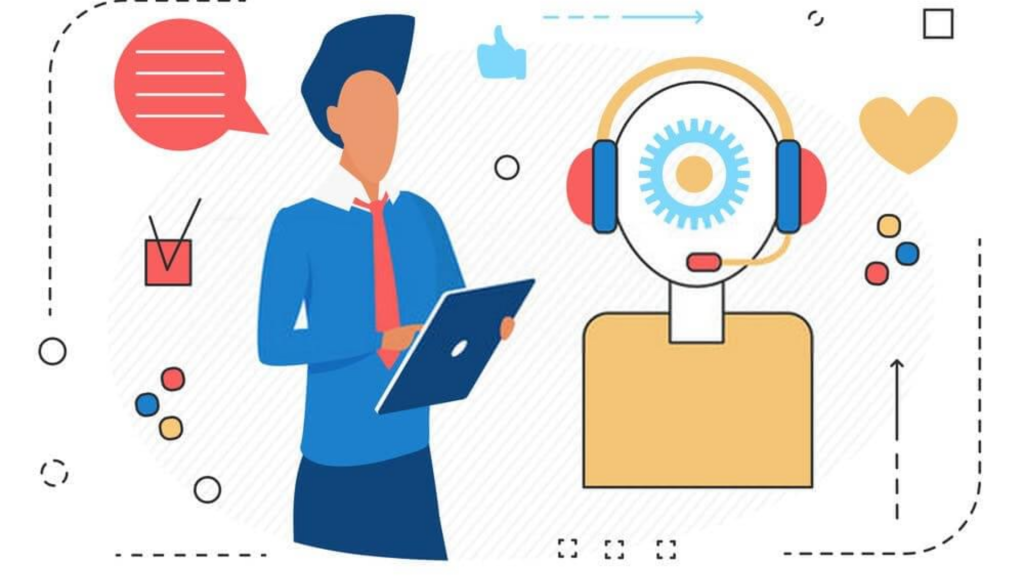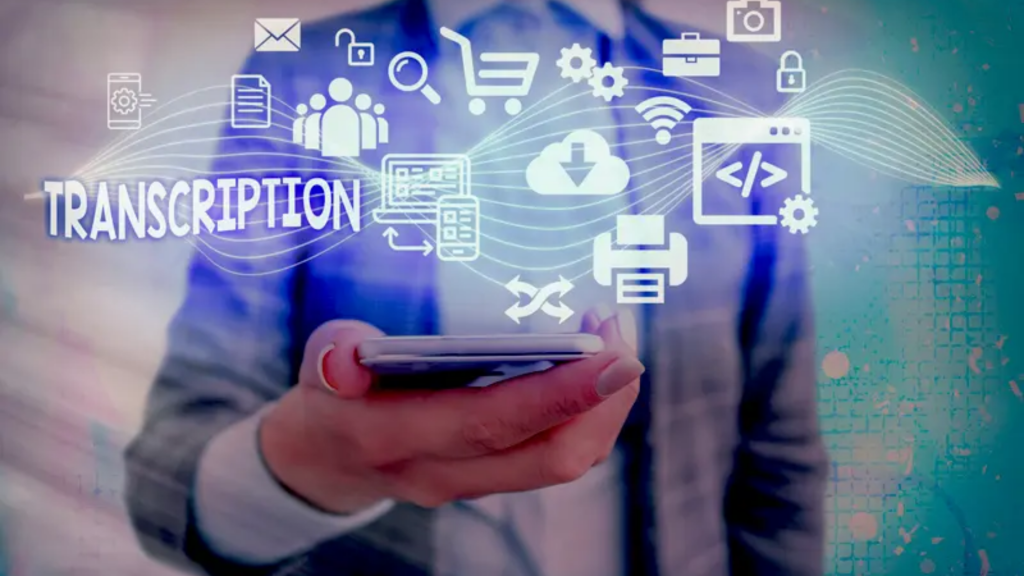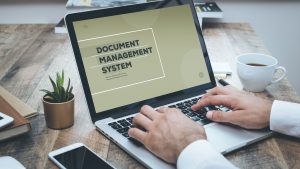Introduction
Research initiatives rely significantly on data, yet the initial data is sometimes in the form of statistics that are difficult to grasp. Qualitative data, which is critical for research advancement, is typically collected from video and audio, demanding data transcription.
Traditionally, data transcription in research included the time-consuming translation of various media into usable formats, frequently relying on human transcribers. However, automation has transformed this procedure.
What is Data Transcription?
In qualitative research, transcription for data processing is generally used. According to Macalester College, qualitative data includes the traits or qualities of a subject under research. Researchers collect this information using methods such as observation, participant interviews, and the administration of questionnaires. The transcription of these interactions and observations enables a full study of the qualitative data acquired.

In contrast to quantitative data, you will need a method to analyze your findings and translate your subject matter into something useful for your research endeavor. However, before evaluating audio and video, you must start the transcription process.
The following are some examples of research materials that must be transcribed before they may be reviewed:
- Interviews with participants
- Group discussions
- Hearings in the courts
- Consultations with patients
- Political addresses
- Podcasts
Qualitative research aims to investigate aspects and qualities that cannot be quantified. Transcriptions aid in providing exact linguistic data for analysis. A correct transcription can have an impact on your analysis and guide you in the proper direction.
What are the different types of Data Transcription?
The process of turning audio recordings or written materials into a written or digital format is known as transcription. It is a critical component of many research and data-collection methods. Transcription is classified into two types: verbatim and modified. Verbatim transcription entails direct transcription of the audio, including all pauses, words, tones, and other components of the recording. Edited transcription entails altering the transcript to make it more cohesive and comprehensible.

Data Transcription Types:
- Audio transcription is the conversion of spoken speech into written representation.
- Spoken words and nonverbal clues are converted into a written format in video transcription.
- Handwritten transcription is the conversion of handwritten notes or documents into digital text format.
- Medical transcription is the conversion of medical dictations or recordings into written reports.
- Legal transcription is the conversion of legal dictations or recordings into written reports.
- Business transcription is the conversion of business-related dictations or recordings into written reports.
- Conference transcription is the transcription of conference or seminar recordings into text format.
- Podcast transcription is the transcription of podcast episodes into text format.
- Academic transcription is the transcription of lectures, interviews, or research data into text format.
What’s the purpose of Data Transcription?
By 2025, 463 ZB of data will be created per day. In other words, big data’s value is what keeps civilization operating. However, while big data is frequently presented in numerical form, much of the data collected today is generated through transcription.
So, what exactly is the goal of data transcription in research?
Transcribed data allows academics to draw critical conclusions and transform subjective conversations into crucial insights. In practice, you may do the following:
- Put qualitative information in a text-based way.
- Make it simple to examine the data.
- Allow yourself time to reflect on your observations.
- Make it easy to find patterns.
- Immerse yourself in the facts you’ve gathered.
Other advantages of transcribing include improving study shareability, making data easier to manage, and influencing future studies. Transcription, on the other hand, is not a standardized function. There are two forms of transcription, each with its own set of applications.
Verbatim Transcription
The first form of data transcription is verbatim transcription. This transcription method entails capturing every word of a conversation without further editing. This transcription will include, in addition to a person’s words, the following:
- Grammatical mistakes
- Pauses
- Communication through nonverbal means
For subjective qualitative research, recording a verbatim transcription is favored due to its 100% accuracy rate in documenting the speaker’s purpose. In other words, with this style of transcription, readability takes a back seat.
Researchers may choose a verbatim transcription in the following circumstances:
- Discussions in groups
- Group discussions
- Interviews
- Consultations with doctors
- Documents containing court narrative transcripts
The importance of these transcripts in the study should not be overlooked. After all, studies show that nonverbal communication accounts for up to 93% of all communication. As a result, including everything in your data transcription analysis might tell you more than simply what individuals say.
Intelligent Verbatim Transcription
The intelligent verbatim transcription method is the second option. These transcriptions, also known as clean or edited transcriptions, exclude repetitive words, grammatical faults, and nonverbal communication.

These transcriptions allow researchers to focus on what the speaker is saying rather than how they communicate. These are some of the most prevalent transcriptions; however, the risk is that they may accidentally remove the speaker’s genuine meaning from their statements.
So, when do these transcripts come in handy?
These transcripts are intended for academics who need to swiftly skim over texts. Intelligent transcriptions, depending on your present research endeavor, might have significantly more practical uses than verbatim transcriptions.
Researchers may employ a clean transcription in the following situations:
- General business objectives
- Financial statements
- Transcripts of patient records that are publicly available
- Lectures
- Speeches
These transcriptions will ideally be used while doing objective qualitative and quantitative research.
Transcribe Your Research With Oriental Solutions
Transcription is an essential component of qualitative research. By using an audio transcription service, you may spend less time on transcription and more time on analysis. Oriental Solutions can also automatically translate your material into six main international languages with the touch of a button.
Assume you want to improve the efficiency of your next research endeavor. In such a situation, Oriental Solutions allows you to translate audio, transcribe video, and provide readouts that may be studied to help you reach novel conclusions.
Optimize your research efficiency with Oriental Solutions – where transcription meets translation effortlessly.




